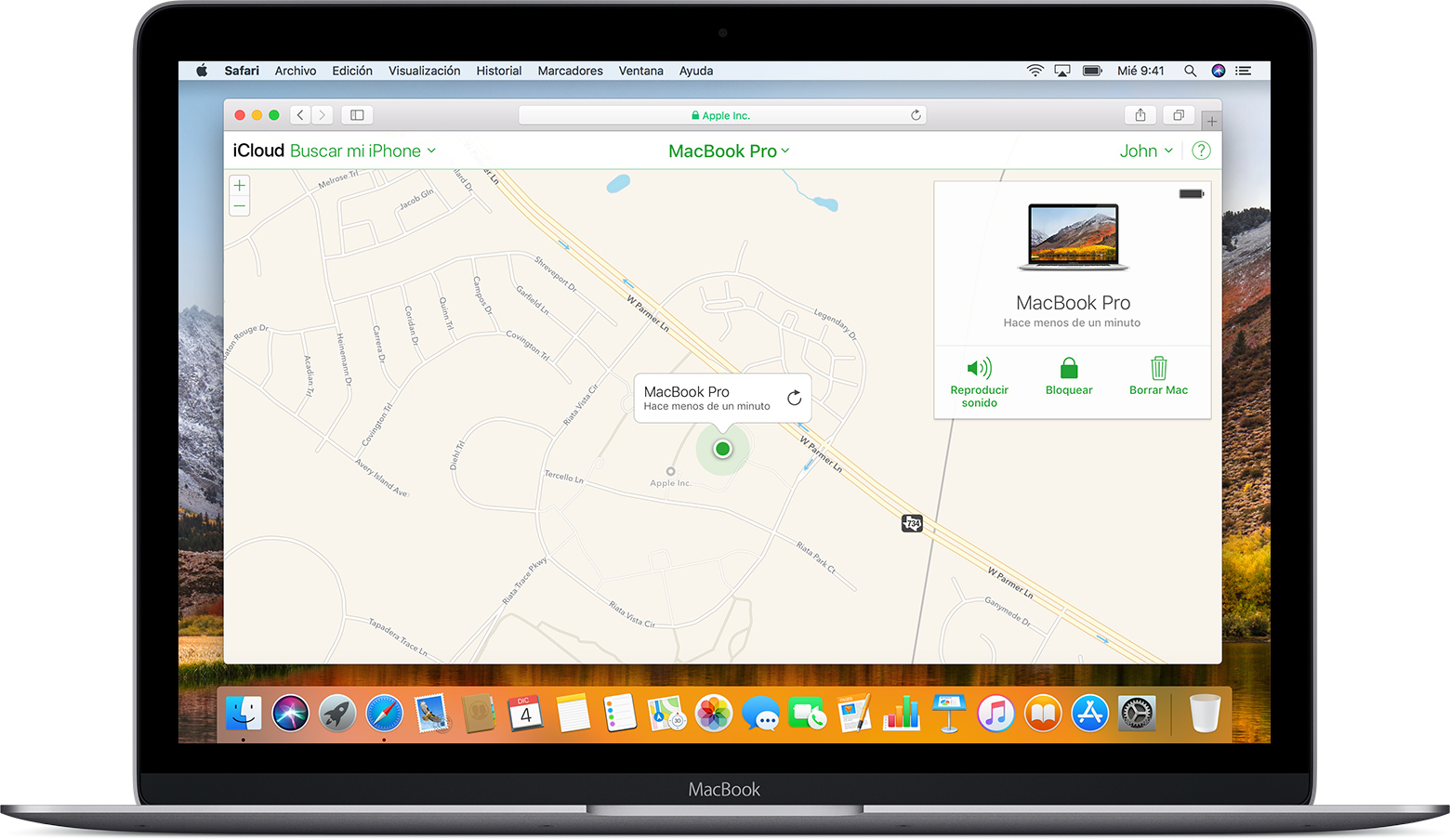

It's hard to believe that iOS is now on its tenth major version, which put Apple in an interesting position since their desktop operating system has been called OS X for many years now. If the problem does persist, I'd then remove any fonts you've installed yourself.As with past years, Apple's WWDC 2016 keynote showcased the upcoming updates to Apple's operating systems and developer tools. Test this and see if the problem persists. Take a note of your Login Items and then remove all of them and restart your computer (Finder should still crash) so that it starts again without those login items loading. So I would now startup normally and go to System Preferences > Users & Groups. a Startup/Login item, a font you've installed) that's causing the problem. This tells me it's likely to be something that's getting loaded during normal startup (e.g. Okay, I'm adding this option based on the fact that the Finder seems to operate normally when your computer starts in Safe Mode. If not, you could try Option 1 again now that you've replaced the Finder. Paste the Finder app into this location.This should be located at: Macintosh HD > System > Library > CoreServices (Note: Your HD may be a different name to Macintosh HD). Now, navigate to the CoreServices folder on your main HD.Double-check that the version of Finder is actually 10.11.4 (that's the version for El Capitan 10.11.6).This should be located at: Backups.backupdb > 'your computer' > 'backup date' > Macintosh HD > System > Library > CoreServices > Finder (Note: Your HD may be a different name to Macintosh HD). Within your backup drive, navigate to the Finder app.Select a backup date you know was after you updated to El Capitan 10.11.6 and before you started having problems.Manually go to your Time Machine backup drive.Since you're running El Capitan you will also need to delete the preferences for the Finder Sidebar by typing this at the Terminal prompt exactly as I've typed it: rm ~/Library/Preferences/.Delete the primary Finder preferences file by typing this at the Terminal prompt exactly as I've typed it: rm ~/Library/Preferences/.Open Terminal (it's in the Applications > Utilities folder).Since you can't launch the Finder, you will have to do this using the Terminal. Let's delete Finder preferences first and see if that solves your problem. As recommended by a commenter, I've tried creating a new account but it has the same problems I've described above. Note: What I'm experiencing seems to be identical to the problem described in this unanswered question. I just can't get it to shut down or restart normally.Īny ideas of what might be going on? I can paste an EtreCheck if that would be helpful. I've found that when I restart and get to the login screen I can shut down and restart normally from there.īesides these things the computer functions normally.
#El capitan vs sierra macbook pro 2010 update
There are some other odd symptoms, too, like that whenever I get a notification for an update I'll click update and then nothing will happen. The only way I can bring Finder back is to force restart the computer by holding down the power button. I've also tried relaunching it via command + option + esc but that doesn't work either. I've tried relaunching Finder from the dock but nothing happens. The menu bar disappears until I start another app (from the dock). The computer continues to function, except without Finder. Problem: Whenever I try to shut down or restart my Mac, Finder crashes and then nothing else happens.


 0 kommentar(er)
0 kommentar(er)
